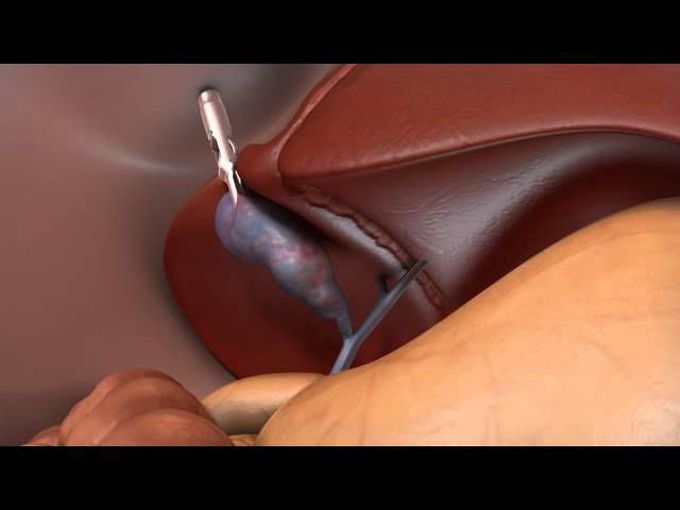


Levita Magnetic Surgical System Overview
Throughout the history of surgery, the ultimate goal of medical professionals was to peak into the workings of the human body and to improve it with as small incisions and excisions as possible. By the end of the 18th century, after Edison produced his lightbulb, a Glasgow physician built a tiny bulb into a tube to be able to look around inside the body. But it wasn’t until the second half of the 20th century when fiber-optic threads brought brighter light into the caverns of the body. And later, tiny computer chip cameras started sending images back out. At last, doctors could not only clearly see inside a person’s body without making a long incision, but could use tiny tools to perform surgery inside. One of the techniques revolutionizing surgery was the introduction of laparoscopes. The medical device start-up, Levita aims to refine such procedures with its Magnetic Surgical System. It is an innovative technological platform utilizing magnetic retraction designed to grasp and retract the gallbladder during a laparoscopic surgery. The FlexDex company introduced a new control mechanism for minimally invasive tools. It transmits movement from the wrist of the surgeon to the joint of the instrument entirely mechanically and it costs significantly less than surgical robots.

